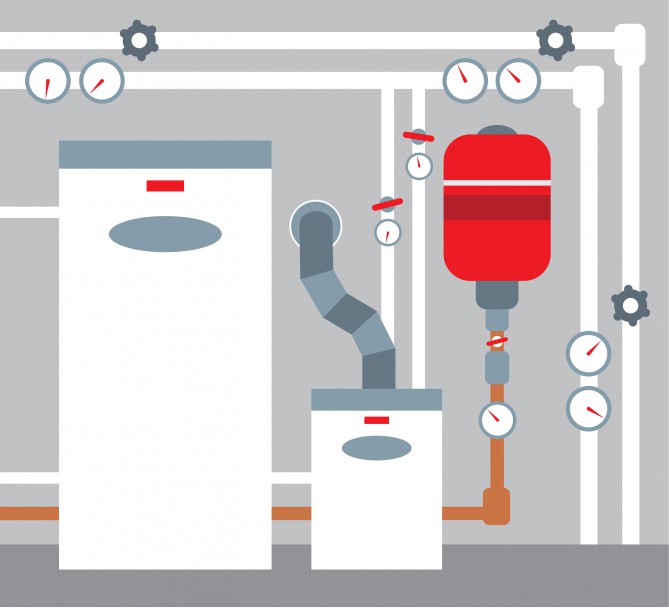
Marine boilers used today in ships are mainly used for auxiliary purposes on marine diesel or diesel propelled vessels. Boilers are part of the main propulsion system for boats utilizing steam turbines (mainly found in high-speed navy vessels). In this post, though, we must focus on auxiliary boilers, i.e. boilers that are used to power auxiliary ship systems.
To take this from the viewpoint of a ship designer, he or she should be able to choose the appropriate boiler type for a specific ship depending on the specific project requirement. The method is a fairly different interpretation of the first concepts. You will get the best boiler spares on Gaintech which will definitely help you in marine.
Requirements for choosing a marine boiler:
The design of the ship and the type of work it used must be taken into account when selecting a boiler for a marine. Boilers are very distinct from boiler boilers used in freight and other heavy-duty vessels for leisure ships.
To score a boiler, the steam power needed from a boiler for the vessel being built first has to be calculated accurately. For this purpose, there are three key requirements:
- Requirement 1 –The need for steam to reduce energy losses in tanks.
- Requirement 2–the fuel oil temperature in tanks includes steam intake.
- Requirement 3 –Steam use for other services available.
The need for steam to reduce energy losses in tanks:
Many diesel-driven ships have petroleum tanks for heavy fuel oil (HFO) transport. Since HFO has a very high viscosity, stored HFOs are nearly as dense as tar and are not capable of circulating due to their high viscosity. Nevertheless, the viscosity must be preserved to transfer the deposited HFO to the reclining tanks and then to the HFO service tank, at the same rate that fast flow is necessary. HFO storage tanks shall, therefore, be equipped with heating coils to keep the fuel at a certain temperature. Heating fluid is steam, which is produced in the auxiliary boiler in the heating coils.
The amount of thermal energy that is required for heating HFO:
Many current vessels and ships have marine diesel engines that use heavy fuel oil (HfO). The volume of thermal energy required for heating HFO. This form of fuel is very heavy and not readily flowing.
The gas volume should be trimmed down to a level that enables fuel to be moved quickly from one tank to another and eventually to the diesel engine to fill the settling tanks with HFO and then transfer them to the service tank.
For this purpose, the heating coils around all of the tanks containing HFO heat the fuel to the required temperature to maintain the viscosity level it needs. This is the position of the boiler. The thermal energy produced in the auxiliary boiler is transferred to and transmitted to the HFO by the heating coils. The marine diesel engines could not work without the thermal energy provided by the boilers.
The marine diesel engines could not work without the thermal energy provided by the boilers. If you want to know how to keep your boiler in top condition, you need to know what can go wrong with it. The more you know about potential problems, the better prepared you will be to make the necessary repairs or upgrades when needed. The boiler company advertises that most of their jobs are completed on the same day of the booking, so you won’t have to worry about sleeping through the night without any heating. Also, the team carries around a small vacuum cleaner to clean up after themselves. By the time you’re back home, you won’t notice a thing other than the new boiler attached to your wall.
While choosing a boiler, ensure that it produces enough heat power to satisfy the heating coils required by the HFO tanks. This must be remembered here that the boilers were often used to pre-heat the fuel for optimal engine combustion efficiency at the correct temperature.
The shell and tube boilers are used for many auxiliary boilers where the boiler trunk is carrying a tank of water and fire tubes pass along the drum diameter. The warm gases produced by the flame are transferred into the fire tubes, which provide further heat transfer layer into the liquid. The help boilers are more likely horizontal where no room constraints exist because pressure variations are avoided, which is more true for vertical boilers.